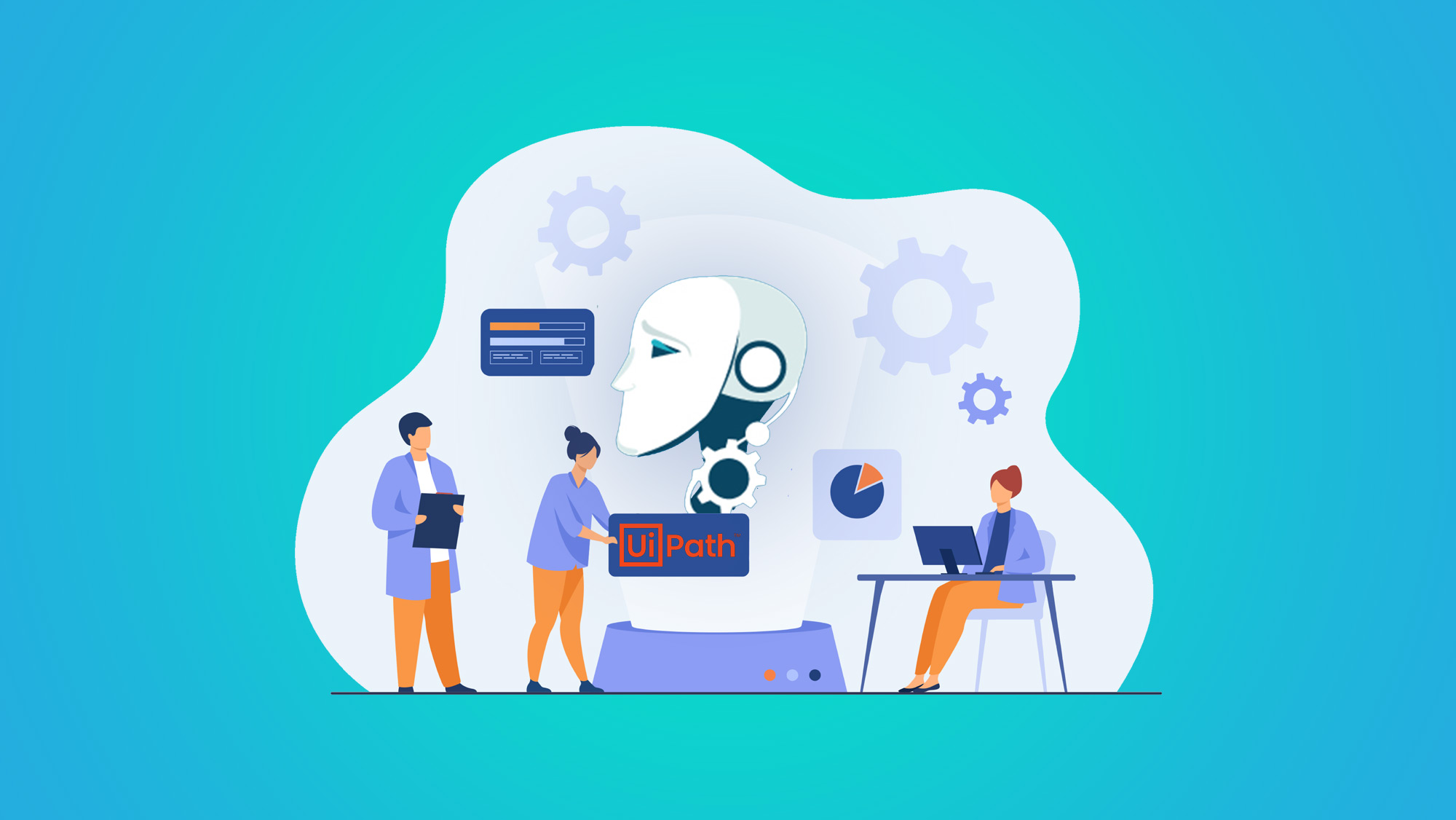UiPath is a leading Robotic Process Automation (RPA) tool that has revolutionized the way businesses automate their operations. However, implementing UiPath can be a challenging process that requires careful planning, execution, and ongoing management. In this blog, we'll explore some of the common UiPath implementation challenges and how to overcome them.
- Process Identification and Prioritization: One of the key challenges in implementing UiPath is identifying the processes that are best suited for automation and prioritizing them based on their impact on the business. To overcome this challenge, it's important to involve stakeholders and subject matter experts in the process identification and prioritization, and to use data-driven analytics to identify the processes that are most suitable for automation.
- Data Management: UiPath relies on accurate and up-to-date data to automate processes, which can be a challenge if the data is spread across multiple systems or is not standardized. To overcome this challenge, it's important to establish a data management strategy that ensures data accuracy, consistency, and availability.
- Integration with Legacy Systems: Another challenge in implementing UiPath is integrating it with legacy systems that may not have modern APIs or are not designed for automation. To overcome this challenge, it's important to assess the existing systems and develop a strategy for integrating UiPath with them.
- Change Management: UiPath implementation involves significant changes in the way businesses operate, which can be challenging for employees who are accustomed to manual processes. To overcome this challenge, it's important to involve employees in the implementation process, provide adequate training and support, and communicate the benefits of automation.
- Scalability: As businesses grow and evolve, the automation requirements may change, which can be a challenge in terms of scaling the UiPath implementation. To overcome this challenge, it's important to design the UiPath solution with scalability in mind and continuously evaluate and optimize the implementation as the business evolves.
- Performance Management: UiPath implementation involves automation of critical business processes, which makes performance management a key challenge. To overcome this challenge, it's important to establish performance metrics and continuously monitor and optimize the UiPath implementation to ensure maximum efficiency.
- Compliance: UiPath implementation involves the automation of sensitive business processes, which can create compliance challenges in terms of data privacy and security. To overcome this challenge, it's important to ensure that the UiPath implementation is compliant with relevant regulations and standards.
In conclusion, implementing UiPath can be a challenging process, but by identifying and addressing these common implementation challenges, businesses can successfully implement UiPath and achieve their desired automation outcomes. It's important to approach UiPath implementation with careful consideration and a focus on best practices to ensure successful implementation and ongoing optimization.

No Comments Yet
Let us know what you think